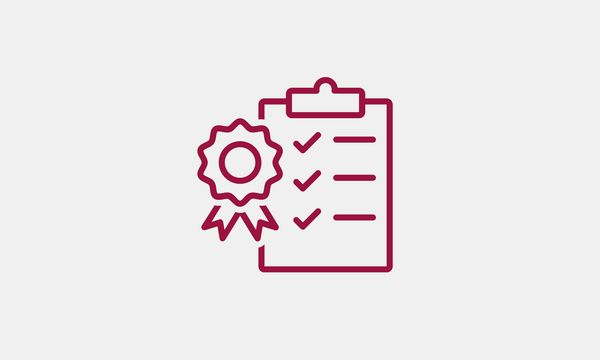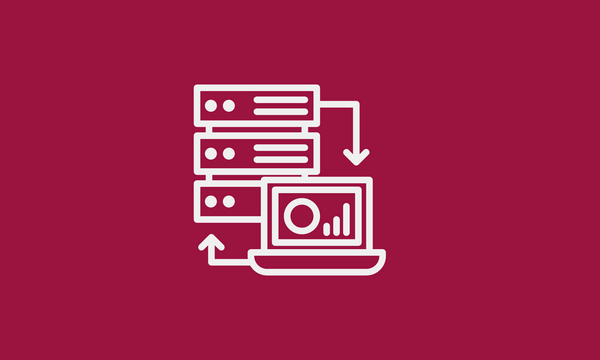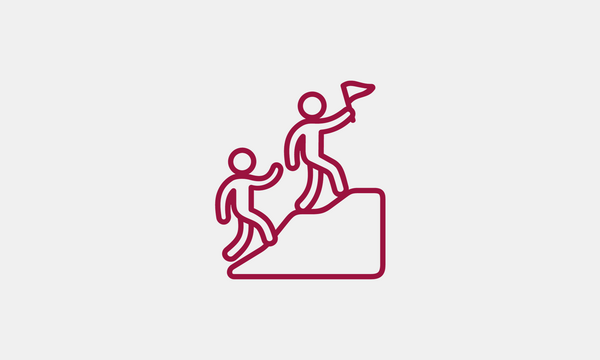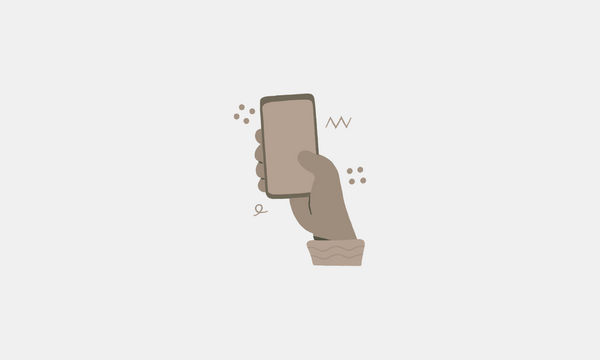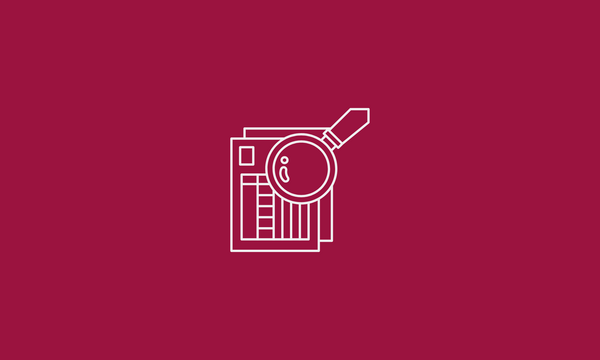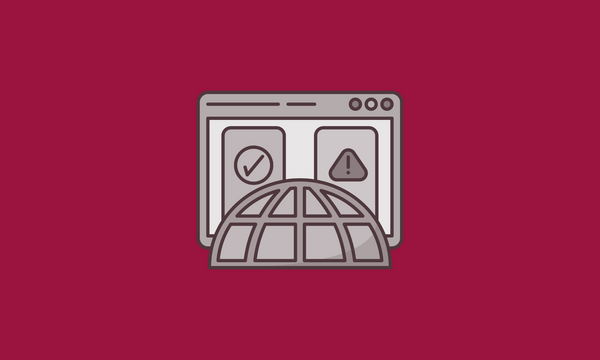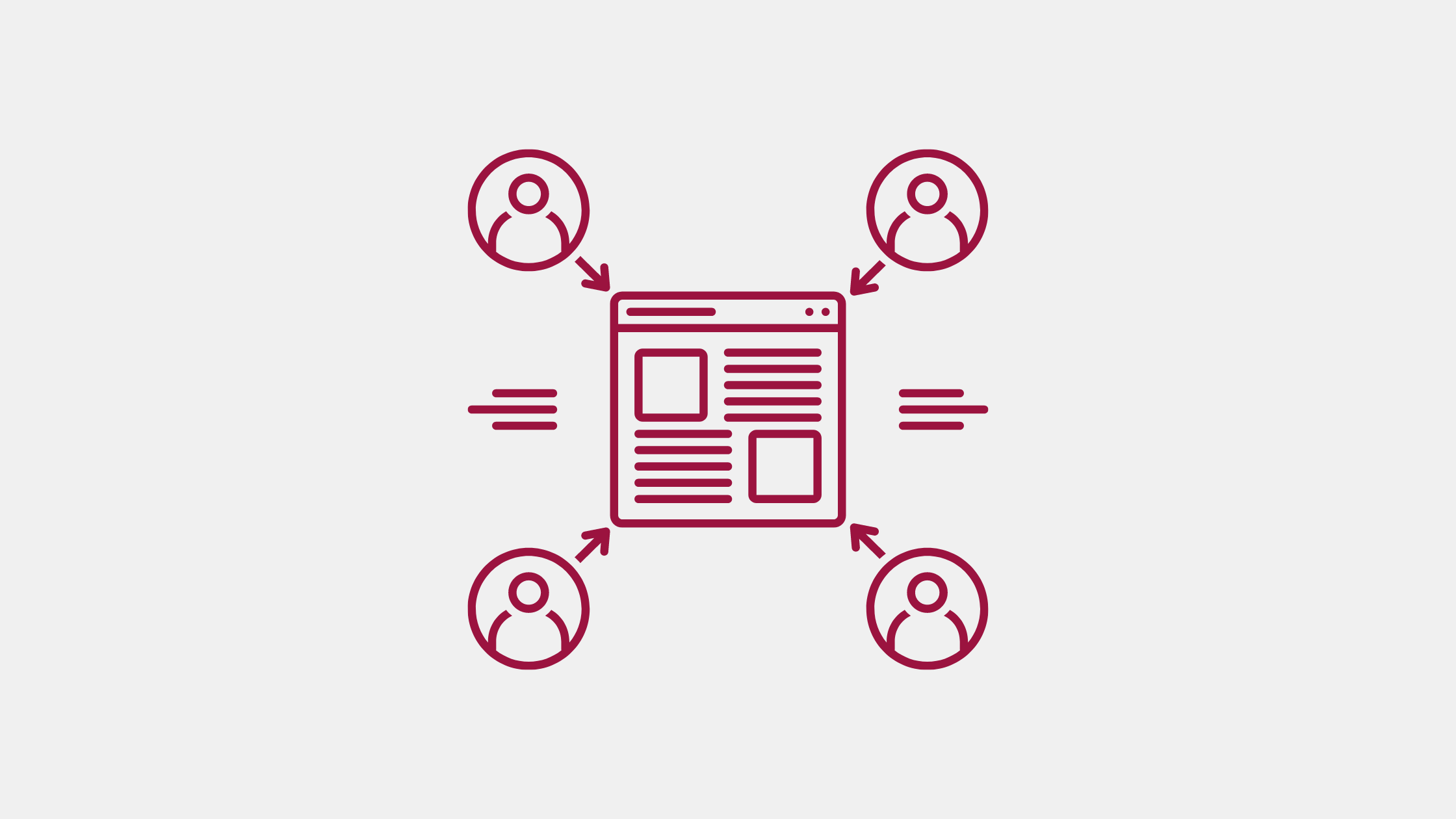
How We Helped the City of Kingston Understand the Needs of Its Residents
Have you ever wondered why paying a parking ticket or applying for a permit isn’t as seamless as online shopping or ordering delivery?
The smooth digital experiences we love are developed using best-in-class digital practices, including — and especially — extensive user research.
That’s why the City of Kingston wanted feedback from residents on its online services portal, MyKingston.
The portal is a one-stop shop for a wide range of city services, from reloading a transit card to reporting missed garbage collection.
The City wanted to understand how residents felt about the existing portal, test new offerings, and discover other services residents were interested in.
Most of all, they wanted to ensure their research was inclusive and reflected the experience of all, not just some, Kingston residents.
That’s where Code for Canada came in.
Why does user research matter?
At Code for Canada, we believe inclusive user research and usability testing are essential to developing digital services for the public. That’s why we created our GRIT program, which helps our partners test their products and services with various stakeholders.
Instead of using “professional testers,” we connect our partners with a broad spectrum of residents with diverse lived experiences.
We manage the logistics of finding the residents, coordinating the interviews, and arranging fair compensation.
For teams needing extra support, we also facilitate the sessions and help synthesize the results. Because we believe in building the capacity of our partners, we also offer coaching.
In the case of our work with the City of Kingston, we built UX (user experience) coaching into the project, ensuring that the City could continue their own user research and testing once our time together was over.
We brought a group of digital professionals — UX designers Usama Arshad and Sanjit Bakshi and senior service designer Kay Nadalin — to work with the City’s talented team.
The Process
We had a few months to work with the City’s team to achieve our goals. We started with the all-important:
Discovery
Discovery is the first and most crucial step of each of our projects. Our goals heading into the user interviews were to:
Identify the most important services to residents
Understand how the portal’s existing user interface supports accessibility needs
Understand how easy (or difficult) residents found navigating the portal
We then led workshops about discovery for a user research project. These explained the importance of:
Having a project plan
Reviewing different methodologies
Forming research questions, objectives, and goals
Building and testing interview scripts
Setting clear timelines
We led the discovery work and coaching simultaneously, building the City’s capacity while moving the user research work forward. We left them with templates for their own use on future projects.
User Interviews
Then, it was time for the main event. We surveyed our existing pool of interviewees and identified 44 who lived in Kingston. From there, we narrowed it down to 10 participants who matched the City’s goals — residents aged 18 to 65 with a range of incomes and some with reduced vision.
Then, we began the user interviews while simultaneously coaching the City on how to run them themselves.
We held two rounds of interviews — 10 interviews over three weeks. We led the first, while the second was either led or observed by the City of Kingston team. Once we had completed the interviews, it was time for the final stage.
Synthesis & Analysis
After conducting the user interviews, we set about synthesizing and analyzing the results while coaching the City team on best practices, including:
How to craft insights from user interviews
What makes a strong insight
How to create a research report
We learned that residents need help navigating different parts of the portal. We also found several services they would like added to the portal, including information about their property, other payment options, and weather reports.
The Outcome
So, what was the final result?
The City of Kingston team validated many existing services on the MyKingston portal while discovering new ones residents would like to see included.
The team found the interview and research process very valuable, especially when hearing directly from the residents who used the service.
They are looking forward to continuing user testing in their work to serve Kingston residents better.
Are you interested in testing a public service or product with residents? Get in touch to learn more about how our GRIT program can help.
End of articles list
